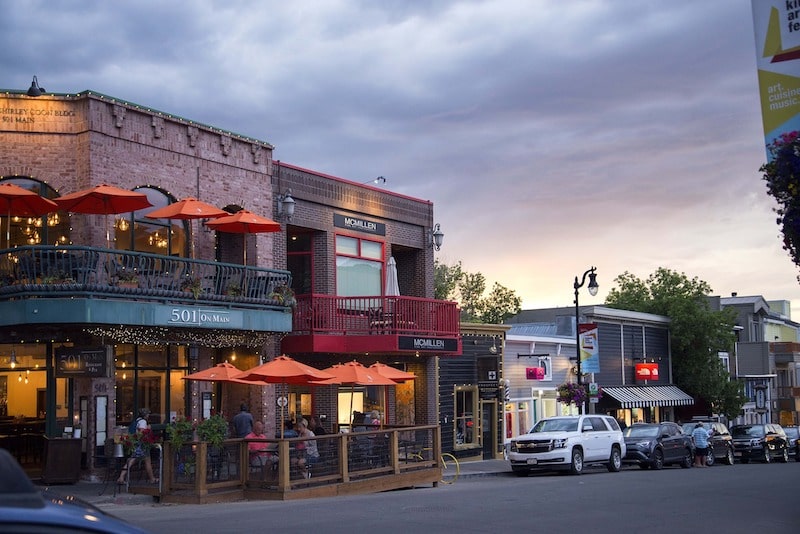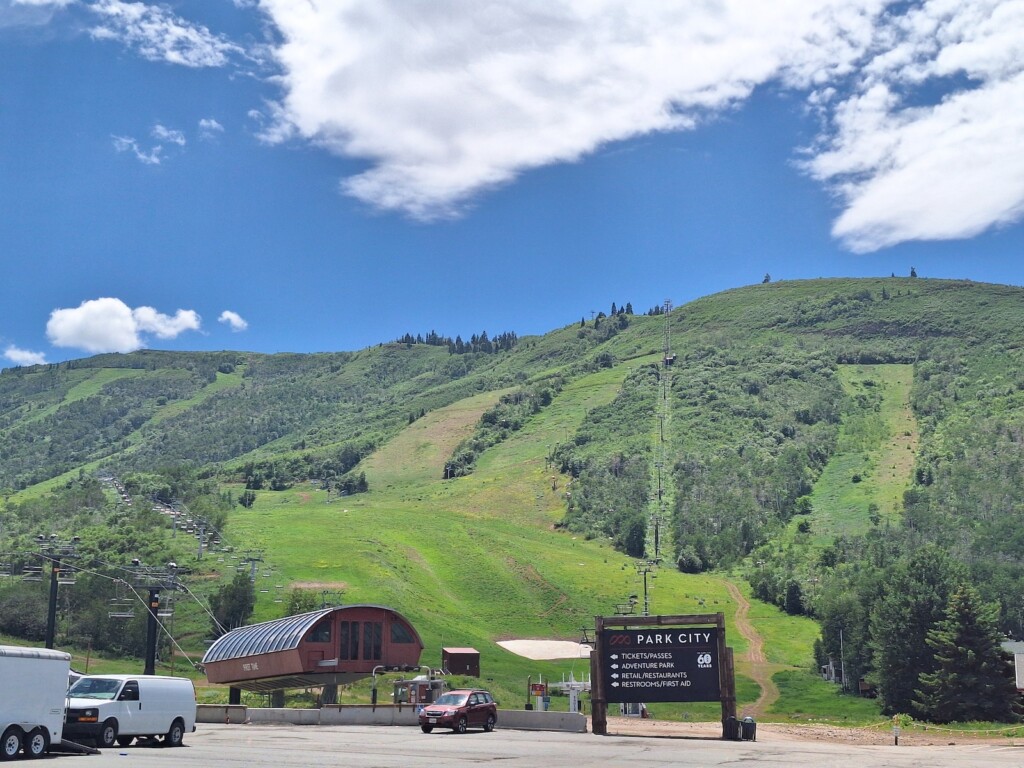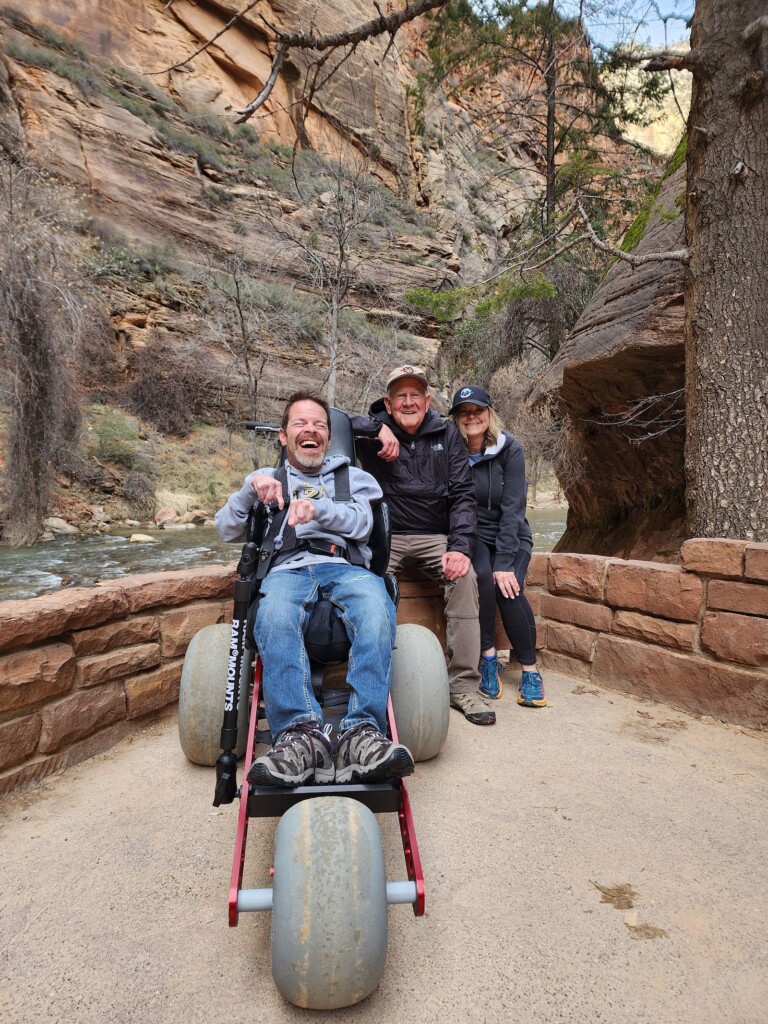
Would you rather walk around Sugar House or the big-box complexes in Sandy? Would you prefer to window shop in Park City or Draper’s Big-Box Furniture Row that offers acres of asphalt parking?
Would you rather live in a rambler in Taylorsville or an old two-story Victorian mining house in Park City?
These might sound like silly questions because if you know these cities along the Wasatch Front, the answers would seem obvious. Park City, Sugar House, and The Avenues, all fetch the highest property values in the state, and the streets in these places are lively, vibrant and alive. So why aren’t we building more places like Park City and Sugar House? Because it is illegal and has been illegal due to “modern zoning laws” for the past 80 years.
Zoning laws were enacted nationwide beginning in the 1940s for good reason. Nobody wanted to live beside a giant, noisy meat-packing facility or an oil refinery. It made more sense to create zones for industry, commercial retail and residential property. However, zoning laws later went much further, excluding the ability to build anything other than single-family homes on a 1/5th acre plot in much of the valley.
These laws exacerbated “suburban sprawl” or the effect of building too many single-family homes in one huge area. By not allowing commercial and retail property in the mix, communities have been made far too car-dependent. Zoning laws today intentionally create an environment whereby commercial shopping areas are always on busy, wide streets, prioritizing vehicular convenience over pedestrian safety. This has forced everyone into their cars, and we drive everywhere. That is unless you live in an old place like Sugar House or Park City or the Aves.
Zoning laws shaped America in the second half of the twentieth century into what it is today. But data proves that zoning laws have maintained a flawed concept.
According to a study from the Sonoran Institute, which has conducted studies in western cities examining what buildings and streets earn cities the most tax revenue per square acre, the suburbs are actually doing a terrible job compared to the older neighborhood designs that we find in parts of our Wasatch Front that were designed before the 1950s.
According to recent data compiled by Urban3, mixed-used developments (a combination of retail and living space in one area) nearly always outperform strip malls, big-box developments and suburban-style cul-de-sac developments in terms of overall tax revenue collected for cities.

Examining Cities Designed Prior to Zoning Laws with Areas with Strict Zoning Laws
Compare Sugar House in Salt Lake City, to Sandy, Utah. Sugar House is now one of the most desirable places to live along the Wasatch Front because the entire area is accessible via walking or biking. Sugar House has always offered mixed-use development, residential homes and apartments right beside retail shopping. The area also has more narrow streets than areas further South.
Highland Drive in Sugar House offers an inviting tree-lined promenade. Pedestrians are protected from motorists by trees between the road and the sidewalk. Local shops line the street, motorists naturally slow down because pedestrians and bikers are everywhere and the street designed at a human scale makes it engaging. We literally feel like getting out of our car and walking to Sugar House Coffee or the Soup Kitchen and Fankhauser Jewelry when we are there. There is so much to see as a walking pedestrian that cannot be adequately observed from inside a car.
Compare this area of Highland Drive to Highland Drive South of 3300 South (built after 1950). The street is too wide to enjoy walking, and there are no trees protecting pedestrians. Cars naturally travel much faster because there are two lanes. There isn’t a bike lane, and there are virtually no road-side shops to peruse because every building observes the set-back laws that prohibit buildings being positioned right beside the sidewalk.
The comparison is as stark as a Beatles song to a Guns N Roses song; they are both considered rock and roll, but they are nothing alike. One is a street, the other is a road. A “stroad” is what they call these areas, because they don’t function well as a walkable street, nor do they move cars as well as a traditional road.
Home Depot was added to this area a while back, and Millcreek residents celebrated that they now had the big-box retailer much closer to their homes. Along Highland in this area, there are also several strip malls, daycare centers, car repair shops and some nice businesses, but it’s not designed for humans, but for cars and ease of parking. This is because modern zoning laws mandated that plenty of parking be made available based upon the businesses’ square footage.
This makes sense, as nobody walks to Home Depot, but now nobody walks anywhere in Millcreek. But the newly minted “Millcreek City” is attempting to build a “community center”, a park, and a place they hope becomes the center of Millcreek, like a distant step-cousin to the very engaging obvious center of Sugar House.
But Millcreek’s center is missing an essential component: small retail shops, narrow streets, and a true promenade. It’s going to be something like a plaza and park that residents would have to drive to. I guess it would be too difficult (or ballsy) to do meaningful change: rebuild Highland Drive and 3300 South in the old fashioned manner, like it is in Sugar House: tree lined, with a wide sidewalk, maybe with a bike lane, rather than a two-lane street.
Modern zoning laws shaped our cities to make it much easier to drive around, but very difficult and dangerous to walk, and one might assume that modern zoning laws improved our lives and added more tax revenue to cities because they ensured through laws that businesses provide the parking that their customers need, setting back buildings rather than constructing buildings that hugged the sidewalk (as they do in Sugar House). Modernity should have been the superior answer to city design, but statistical data on tax revenue, home values and business success demonstrates otherwise.
RELATED CONTENT
Utah’s Top 5 Walkable Neighborhoods: Communities Where Kids Can Walk to School
Why Are More and More Utahns Moving Abroad?
Transformation of Sugar House and Its Impact on Small Local Businesses
Why Most Utahns No Longer Walk
Re-Making Ogden: MAKE Ogden Master Plan Sees Future and Preserves Past
The Urban/Rural Divide in America and the West
SUPPORT LOCAL JOURNALISM AND SUBSCRIBE TO PRINT MAGAZINE
Subscribe to Utah Stories weekly newsletter and get our stories directly to your inbox





